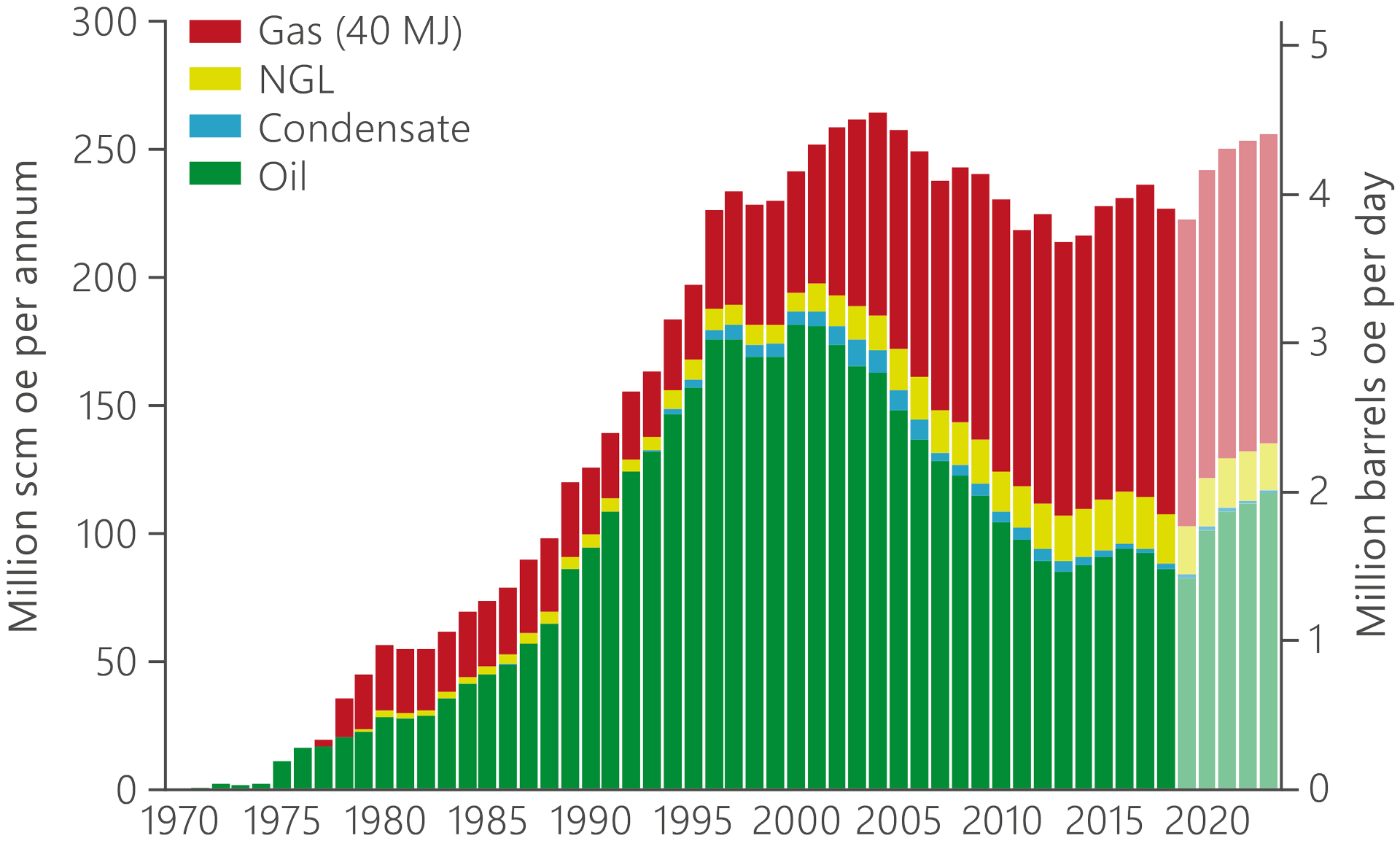Norway Touts Future Oil, Gas Potential
Activity off Norway’s coast remains high and the region has the potential to produce profitable oil and gas for decades to come, a new report by the Norwegian Petroleum Directorate (NPD) has claimed.
The country’s continental shelf held 8.3bn m3 of remaining recoverable oil and gas at the end of last year, NPD said on September 27, with around half this amount already proven in fields and discoveries.
As of December 31 2018, there was 85 discoveries off Norway where licensees were yet to file a plan for development and operation (PDO). These alone held 660mn m3 of oil equivalent, or 15% of the remaining discovered resources. The volume includes 360mn m3 of oil and condensate and 300bn m3 of gas.
The North Sea still boasts around half of the resources of these discoveries, while the Norwegian Sea holds just under a third and the less explored Barents Sea about a fifth. NPD estimates that kroner 400bn ($44bn) would be required to develop these assets.
Development of resources and numbers of finds in Norway's discovery portfolio

Source: NPD
While the number of discoveries has remained at about the same level as two decades ago, their average size has declined. As such, the likely development option for most of them is tie-ins to existing infrastructure. Maintaining this infrastructure and utilising its spare capacity are therefore key preconditions to their exploitation.
There were 85 fields in operation at the end of August, with oil and gas production set to peak in 2023. Growth will be driven by new field start-ups, including the Johan Sverdrup oil project due online next month. This will more than offset decline at mature deposits.
Historical development of production and forecasts up to 2023

Source: NPD
“There is enough oil and gas on the Norwegian shelf to ensure profitable, efficient and responsible petroleum activity for many decades,” the NPD’s head of development and operations, Ingrid Solvberg, said in a statement. “Production will increase going forward to 2023. Despite this, both emissions to air and discharges to sea are holding steady. That means that emissions per produced unit are declining.”



